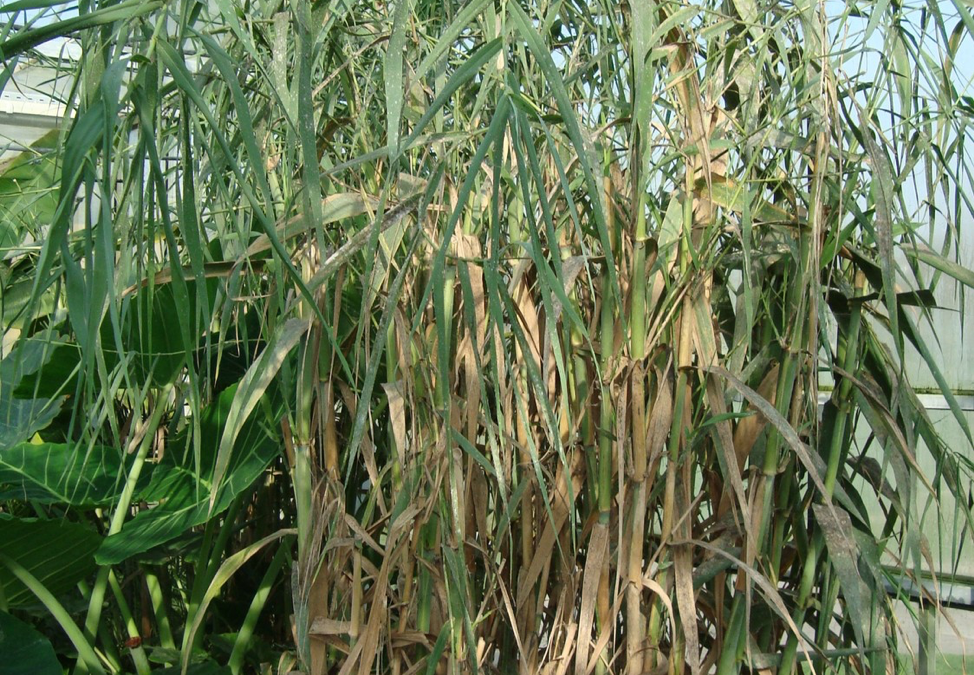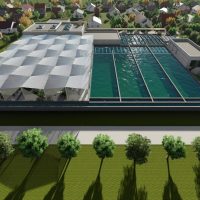By: László Tutor
Horticulture and Innovation Specialist at Organica Water
I work for Organica, and we create water reclamation gardens: wastewater treatment facilities, which are integrated into urban areas due to their unique features. Among these there is the fact that they incorporate plants in the treatment process, to make it more effective and stable.
What are these plants? We have many, more than 300 species in our register, and the list is growing as we keep finding new ones perform well enough. They have several common features, though: they can adapt to wastewater-based hydroculture, they have properties to enhance the treatment process, and they are beautiful.
Well, most of them are beautiful, the remaining ones -well, too, but in a certain way.

Most of these plants are originated from wet areas or straight wetlands. Some of them well-known by the garden lovers, some of them by an agronomist, but there is a group of them which have unique features.
They are the weeds.
What is a weed exactly? If you ask an agronomist (like me), the answer you going to get will be short and confusing: anything you don’t want to be there. And if you ask nature conservation officers? Their answer will be any plant which is not living here for centuries. What would a hiker say? Simple: nothing. Those are just plants. Well, what exactly a weed is? There is one more definition in the Wikipedia:
” (…) More broadly “weed” occasionally is applied pejoratively to species outside the plant kingdom, species that can survive in diverse environments and reproduce quickly; in this sense, it has even been applied to humans.”
This is our key point. The weed we are looking for is a sturdy plant. It can live anywhere but prefers wet areas. It has a good reproduction potential, might be even considered invasive (due to certain technological elements, residues of plant tissue are retained in the facilities). It should have a strong root system, to force out the nutrients even from the worst soil. It is preferred if the selected weed is evergreen, but frost-hardy, and tolerates extreme heat at as well. It should have a good tolerance or resistance for infections from fungi and insect, the best if it is poisonous for them. It must be big enough to be considered at all, and best if it looks good.
But it’s rare.
Mostly these plants are living on the edges: edges of towns, between the dirt; edges of crop fields, edges of roads, and, thank you for asking, they feel complete well under a thick layer of toxic dust on the edge of an industrial park.

A few examples: Taro (Colocasia esculenta) grows everywhere in Indonesia and has a quite moderate reputation. It used to be a staple food, but nowadays rice valued quite over it. Well, it likes to be in wastewater.
Reed species (Arundo donax and Phragmites australis) are used by several gardeners, but mainly known as dangerous weeds on crop fields. Also, they can be found extensively on the surface of the Earth, literally everywhere. They are wetland plants, and they really enjoy the wastewater bath.

Bamboos, especially Phyllostachys species are a symbol of China. Or, at least a symbol of China for us, non-Chinese, because for Chinese it’s the 梅, the Mei plum. For a lot, Chinese people bamboo means something else: a forbidden, remote area, a place which had fields before but it left to decay.
All these: weeds. Trash. Non-wanted plants with non-wanted meaning.
For us: they have all we need from a plant with a purpose: cleaning water.
They are a treasure.


